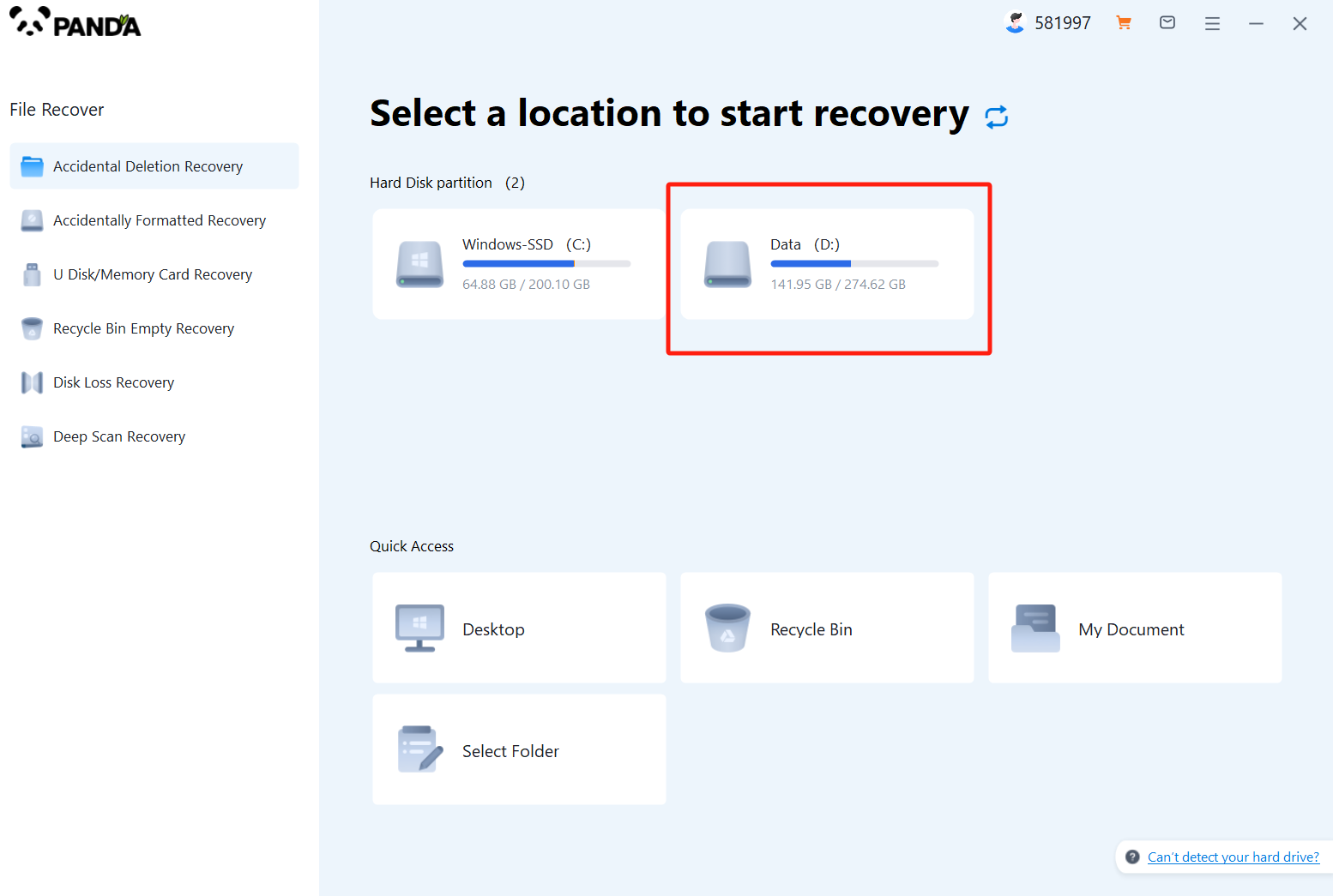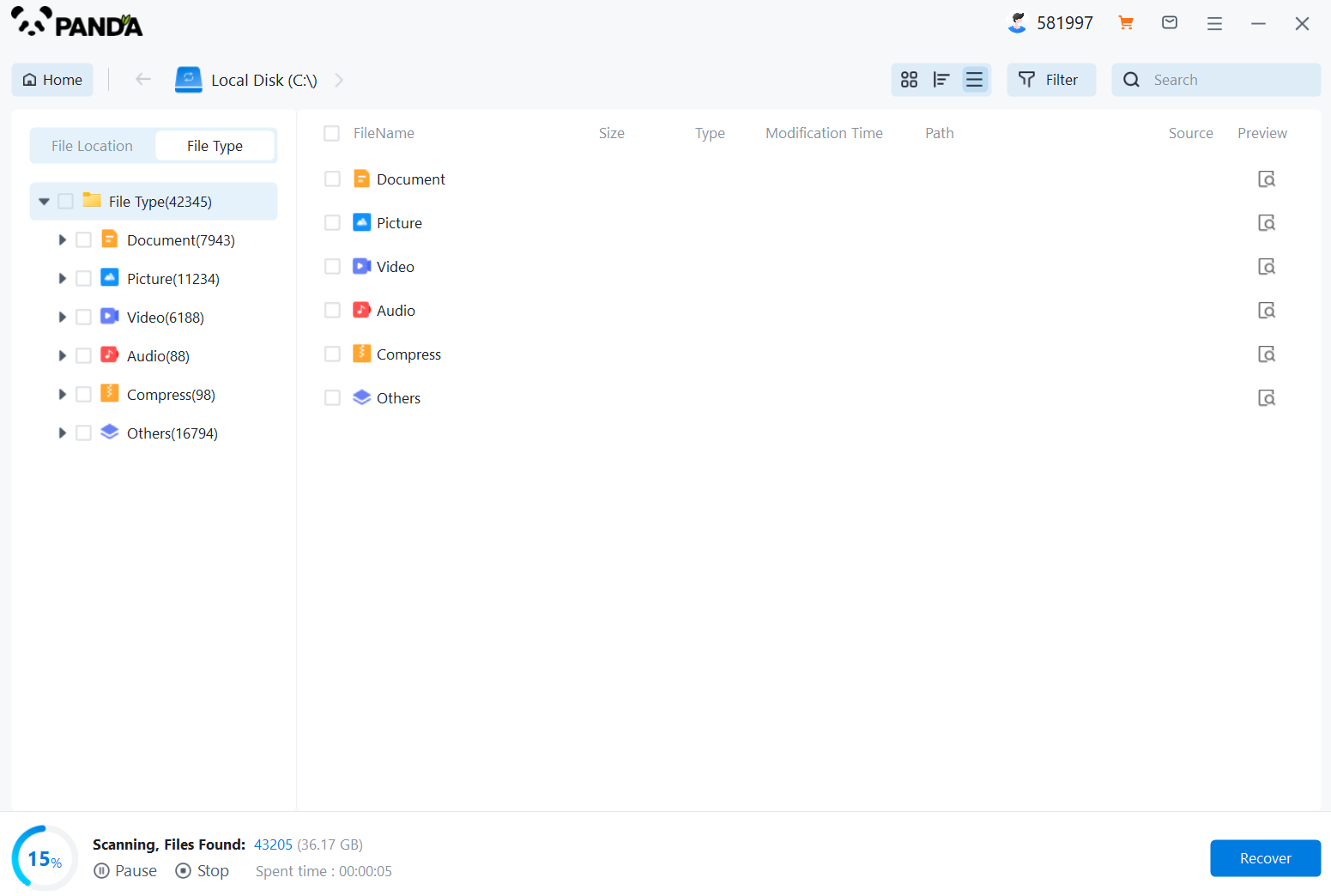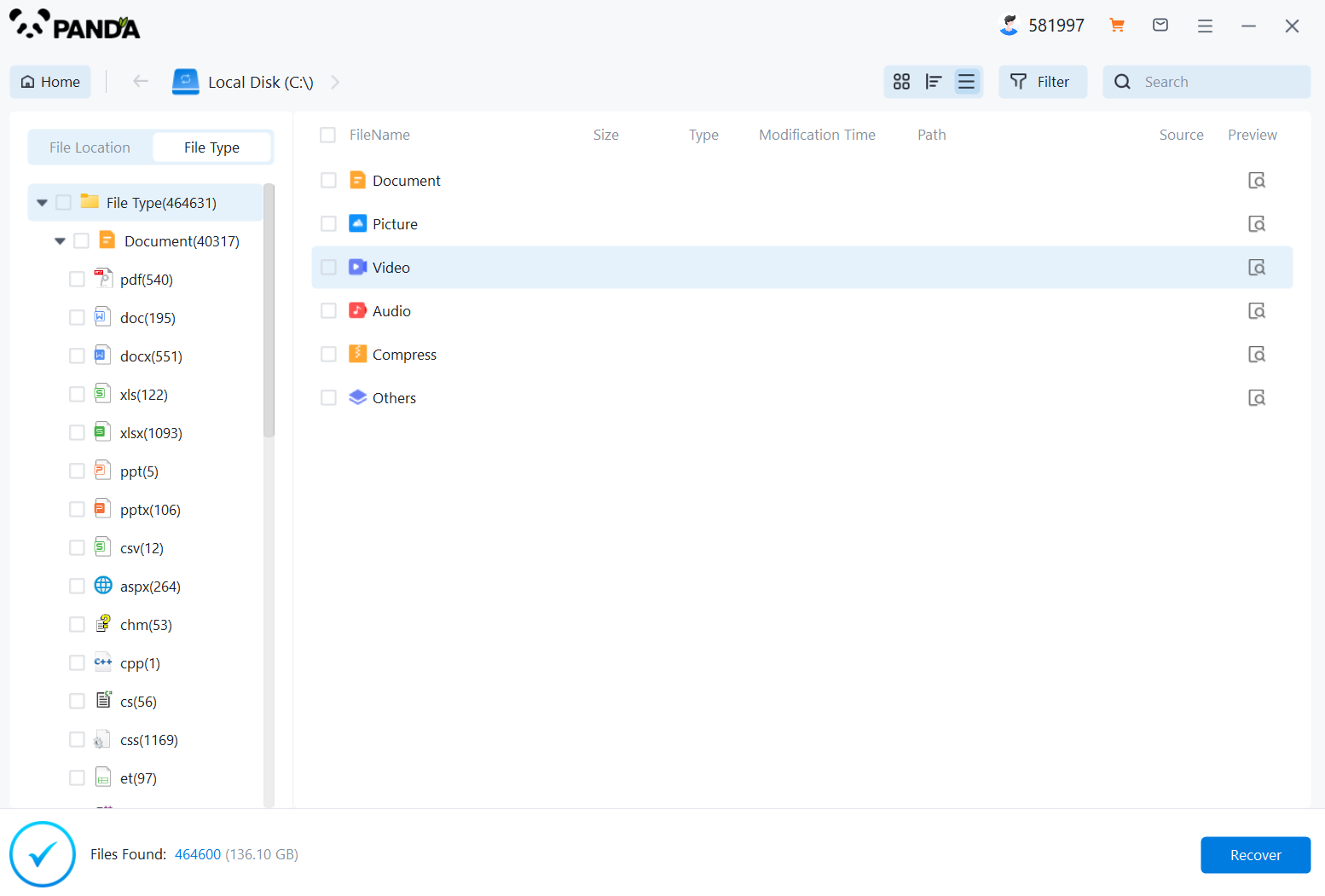How to Perform Data Recovery on a Hard Drive?
Hard drives are the lifeblood of our digital lives, storing vital documents, photos, videos, and more. When a hard drive fails or data is accidentally lost, the panic that ensues can be immense. Fortunately, with the right tools and techniques, data recovery on a hard drive is often possible. In this article, we will explore the steps you can take to recover lost data from a hard drive.
Step 1: Assess the Situation
Before you begin the recovery process, it’s important to understand the nature of the data loss. Was it due to a physical damage to the hard drive, or was it a logical issue like a deleted file or corrupted partition? Understanding the cause can help you choose the most effective recovery method.
If you hear strange noises coming from the hard drive or if it’s not recognized by your computer, it’s likely a physical issue. In such cases, it’s best to seek professional help from a data recovery service.
For logical issues, such as deleted files or formatted partitions, you can try data recovery software.
Step 2: Prepare for Recovery
Before attempting any recovery, make sure to prepare your system and environment. This includes:
Disconnecting the hard drive from your computer and connecting it to another system as a secondary drive. This prevents further damage to the drive and ensures that the recovery process doesn’t interfere with your primary system.
Ensuring that the new system has the necessary data recovery software installed. Choose a reliable software that has a good reputation and supports your file system.
Backing up any recoverable data from other drives or partitions on the system to prevent overwriting during the recovery process.
Step 3: Use Data Recovery Software
Now, it’s time to use Panda Data Recovery software. Here's an overview of the steps involved:
Computer Data Recovery Steps:
1. Download and install the Zhuan Zhuan Master data recovery software and open it, we can see that Zhuan Zhuan Master supports six recovery modes, we can choose the one that suits us, if it is because of the loss of computer data caused by accidental deletion, then directly click on the accidental deletion and recovery into it.

2. Select the disk where the file is located, and then click Start Scan, if you don't remember which disk you are on, you can try it several times.

3. After the scan is completed, you can find it according to the file type on the left, of course, if you remember the name, you can search to find it.

4. After finding it, you can double-click to preview it.

5. Being able to preview successfully means that the document can be recovered normally, if the preview fails, then it may be that the document has been damaged and cannot be recovered, so you can learn about the situation of the document through the preview and then decide whether to restore it. Just click on VIP Recovery to recover.
Step 4: Verify the Recovered Data
After the recovery process is complete, it’s crucial to verify the integrity of the recovered data. Open the files and ensure that they are intact and accessible. If you encounter any issues, try using different data recovery software or seeking professional help.
Step 5: Prevent Future Data Loss
To avoid future data loss, it’s important to take proactive measures. Here are some tips:
- Regularly backup your data to external hard drives, cloud storage, or other media.
- Avoid storing important data on a single hard drive; use multiple drives for redundancy.
- Be cautious when deleting files or formatting drives; always confirm your actions before proceeding.
- Keep your computer and hard drives protected from viruses and malware by installing and regularly updating antivirus software.
In conclusion, data recovery on a hard drive is a complex process that requires careful consideration and the right tools. By following the steps outlined in this article and taking preventive measures, you can maximize the chances of successfully recovering your lost data. Remember, when in doubt, it’s always best to seek professional help from a data recovery service to ensure the safety of your data.





